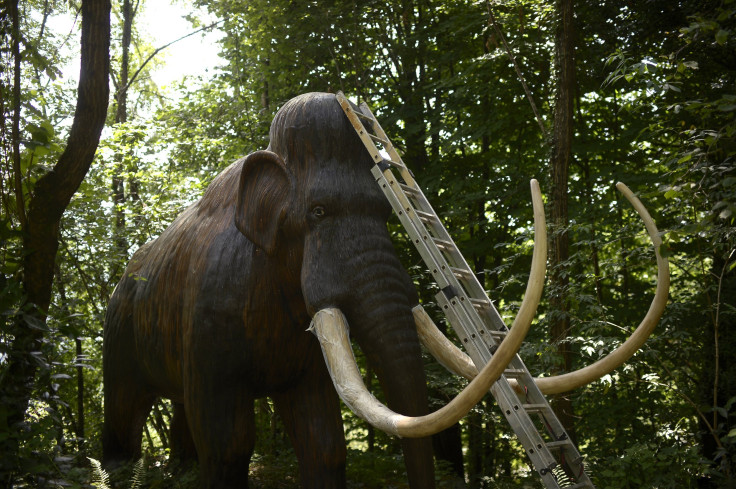Can Woolly Mammoths Be Brought Back To Life? Scientist Says Hybrid Mammoth-Elephant Embryo Can Be Created In A Few Years

Scientists claim that they may be close to resurrecting traits of a creature that vanished from the planet thousands of years ago, reports say.
The woolly mammoth, which was found across Europe, Asia, Africa and North America almost 4,000 years ago during the Ice Age, may get a shot at “de-extinction,” according to a scientist leading the Harvard team attempting to resurrect "the ancient beast."
“Our aim is to produce a hybrid elephant-mammoth embryo,” Professor George Church told the Guardian ahead of the American Association for the Advancement of Science (AAAS) annual meeting in Boston. “Actually, it would be more like an elephant with a number of mammoth traits. We’re not there yet, but it could happen in a couple of years.”
The creature most likely disappeared from Earth because of changes in the climate, combined with hunting at the hands of humans. Its closest living relative is the Asian elephant, which itself is an endangered species.
Church and his teammates are attempting to create a “mammophant,” which would be an elephant with mammoth-like features — for example, small ears, subcutaneous fat, long shaggy hair and cold-adapted blood — using the powerful gene-editing tool CRISPR-Cas9.
Considering the endangered nature of the elephants, recruiting a living female elephant for the procedure seems unethical. This is why Church’s team plans to grow the hybrid embryo in an artificial womb (ex-vivo). This technique, however, is far from perfect and will require time to be successful.
In a piece for the Scientific American written in 2013, Church detailed a number of ways in which the hybrid creatures could help combat global warming if they live on the tundras of Russia and Canada. He wrote:
“Mammoths could keep the region colder by: (a) eating dead grass, thus enabling the sun to reach spring grass, whose deep roots prevent erosion; (b) increasing reflected light by felling trees, which absorb sunlight; and (c) punching through insulating snow so that freezing air penetrates the soil. Poachers seem far less likely to target Arctic mammoths than African elephants.”
© Copyright IBTimes 2024. All rights reserved.












